Road project across Kenya’s Aberdare Mountains threatens unique biodiversity
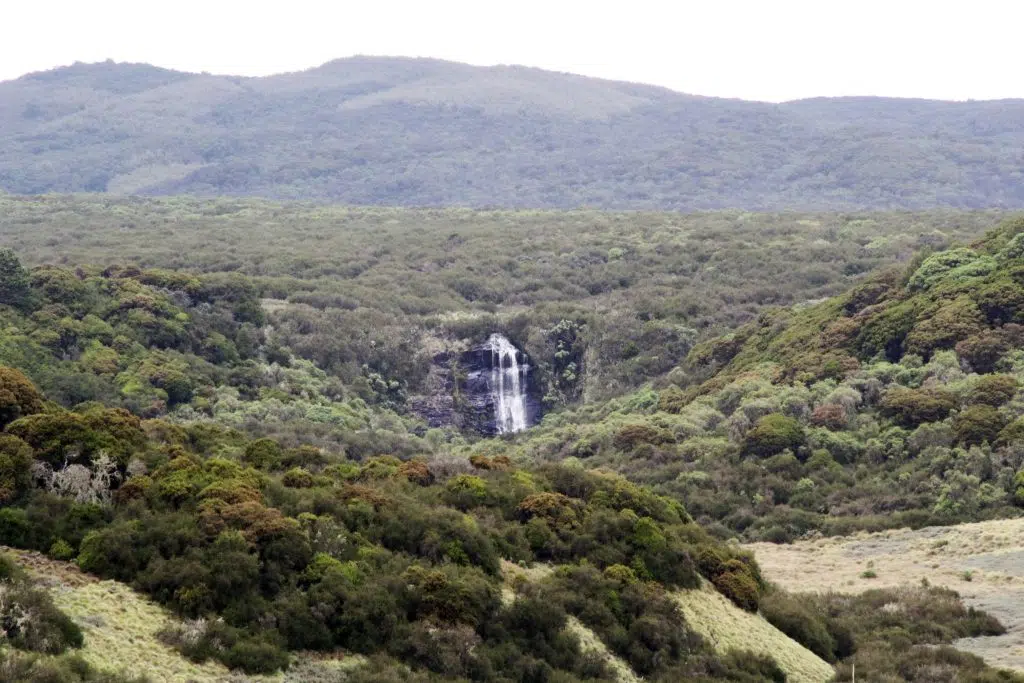
The Aberdare Mountains Key Biodiversity Area (KBA) in the central Kenya highlands, forms part of the eastern escarpment of the Rift Valley
By Caroline Chebet
Often, the earthly scent of damp vegetation mingles with buzzing insects to punctuate the silence between the rhythmic crunch of tyres on gravel as one drives through Aberdare Forest Reserve and National Park on a regular safari through the Matubio West Gate. At elevations over 3,000 metres above sea level (MASL), the picturesque scenes on this narrow road are often swallowed by the dense fog that frequently hangs heavy in the cold forest air. The kind of cold that turns breath into puffs of white mist.
But now there are renewed concerns that these pristine scenes within the delicate Aberdare ecosystem could soon be forgotten if the Kenya National Highway Authority (KeNHA) pushes on to upgrade the road from a park murram road, accessible to park visitors only, to a national highway open to all traffic.
On January 5 this year, the National Environment Management Authority (NEMA) gave KeNHA the green light to construct the Ihithe-Ndunyu Njeru road. A section of the road cuts through the Aberdare Forest Reserve and National Park. Nature Kenya and other conservation stakeholders object to this decision.
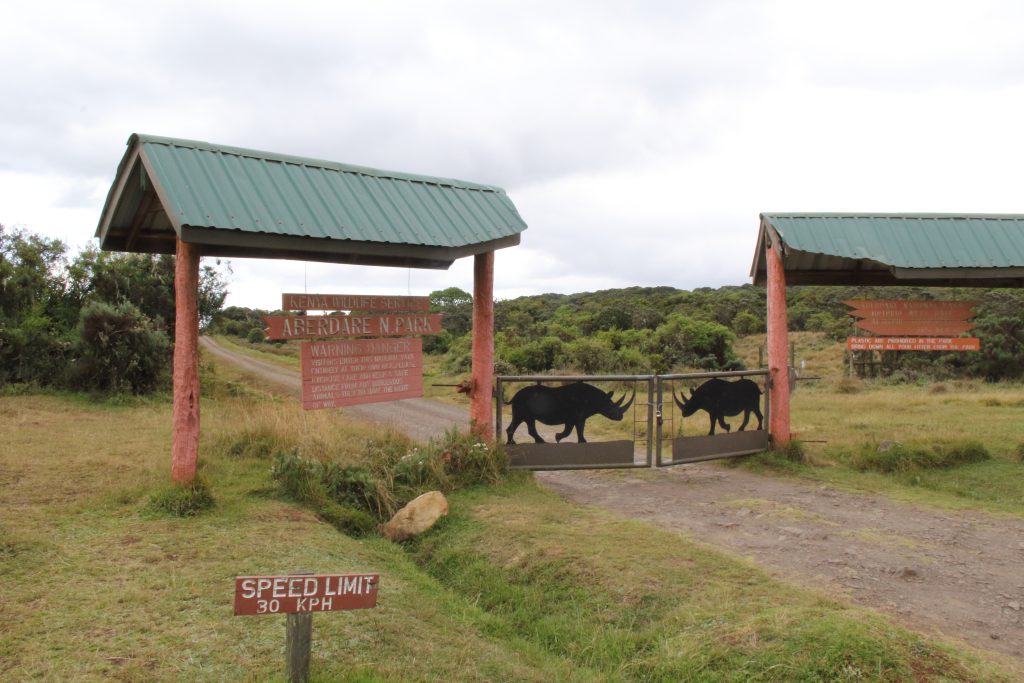
Across Africa, development of major infrastructure including railways, roads, and ports has had negative impacts on natural ecosystems, leading to a decrease in wildlife abundance, restricting wildlife’s distribution range, and intensifying human-wildlife conflict among others.
“Nature Kenya is perturbed by NEMA’s ill-advised decision to issue an Environmental Impact Assessment (EIA) license for the controversial road project. NEMA approved a poorly formulated EIA and went ahead to issue a license to implement a project that is ecologically deleterious and economically unviable when there is an alternative route available,” says Dr Paul Matiku, Nature Kenya Executive Director.
Dr Matiku adds that the move is irresponsible and a breach of the trust bestowed to the authority, warning that the impact of the proposed 49-kilometer road will be detrimental to the delicate Aberdare ecosystem.
The Aberdare Mountains Key Biodiversity Area (KBA) in the central Kenya highlands, forms part of the eastern escarpment of the Rift Valley. It is a stunning landscape where lush forests, sweeping grasslands, bamboo thickets, montane moorlands and misty peaks converge to create a sanctuary like no other. It comprises 76,600 ha of National Park and 108,400 ha of Forest Reserve. The ecosystem is amongst the five main ‘water towers’ of Kenya, forming a catchment area for dams supplying water to Nairobi City, the Athi-Galana-Sabaki River draining into the Indian Ocean, the Ewaso Nyiro River draining into Lorian Swamp, and the Malewa River draining into Lake Naivasha.
The ecosystem is critical for many communities who depend on agriculture to improve their livelihoods. Being a water catchment area, it is critical for communities living downstream in Aberdare and other areas. Besides the social, cultural, and recreational opportunities it offers, the Aberdare KBA boasts a diverse array of wildlife, including the critically endangered Mountain Bongo. Over 300 bird species have been recorded, including the rare and globally threatened Aberdare Cisticola (Cisticola Aberdare) Abbott’s Starling (Arizelopsar femoralis) Jackson’s Widowbird, (Euplectes jacksoni) and Sharpe’s Longclaw ( Macronyx sharpei )
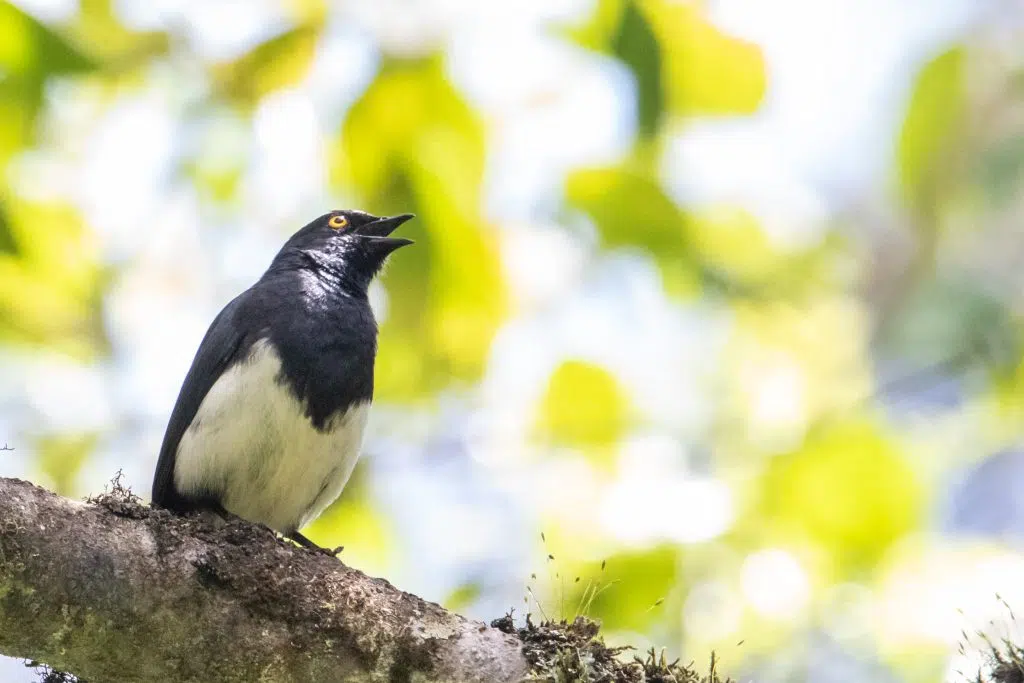
Endemic species such as the Aberdare mole shrew and the Aberdare frog highlight the area’s evolutionary importance. A hotspot for biodiversity, the KBA serves as a living laboratory for scientists, offering insights into ecological processes, species interactions, and the intricate web of life that sustains this remarkable ecosystem.
The road is planned to cut through the KBA, including its most sensitive areas like the wilderness activity zone, a decision which Dr Matiku argues did not consider ecological, social, and economic attributes of the water catchment and KBA.
As per the NEMA license, some 255 acres comprising 185 acres (75ha) of bamboo, 35 acres (14ha) of montane forest, and 35 acres (14ha) of moorland will be affected by the road section passing through the Aberdare Forest Reserve and National Park. A study conducted by the universities of Nairobi, Oxford and Amsterdam to look at the potential socio-economic benefits of the proposed road in 2020 revealed no socio-economic benefit of building the road.
The study report titled, “Evaluating the socio-economic potential of road development projects around the Aberdare range” revealed that there is no evidence that the proposed reduces travel times to the market as vehicles will have to climb steep gradients to an altitude of 3,203 meters at Mutubio Gate to reach the moorlands and descend steep gradients from an altitude of 3,000 metres at Kiandingoro Gate on the other side of the park.
Kenya is a signatory to the Convention on Biological Diversity (CBD), which obliges party states to protect all globally threatened species within their borders. The construction of the road poses a threat to the critically endangered and threatened species in the Aberdare ecosystem, including the Mountain Bongo, which is estimated to have only about 100 individuals in four isolated locations in Kenya. Aberdare National Park currently hosts the largest group comprising 40-50 individuals, which experts say, warrants attention
“The road project works against the national government’s obligation as stipulated in the Constitution of Kenya 2010, the National Wildlife Strategy 2030, and in Multilateral Environmental Agreements,” Dr Matiku argues.
Higher traffic usage of the proposed upgraded road is expected to result in frequent collisions with wildlife, impacting threatened and endemic species, and increasing road accidents.
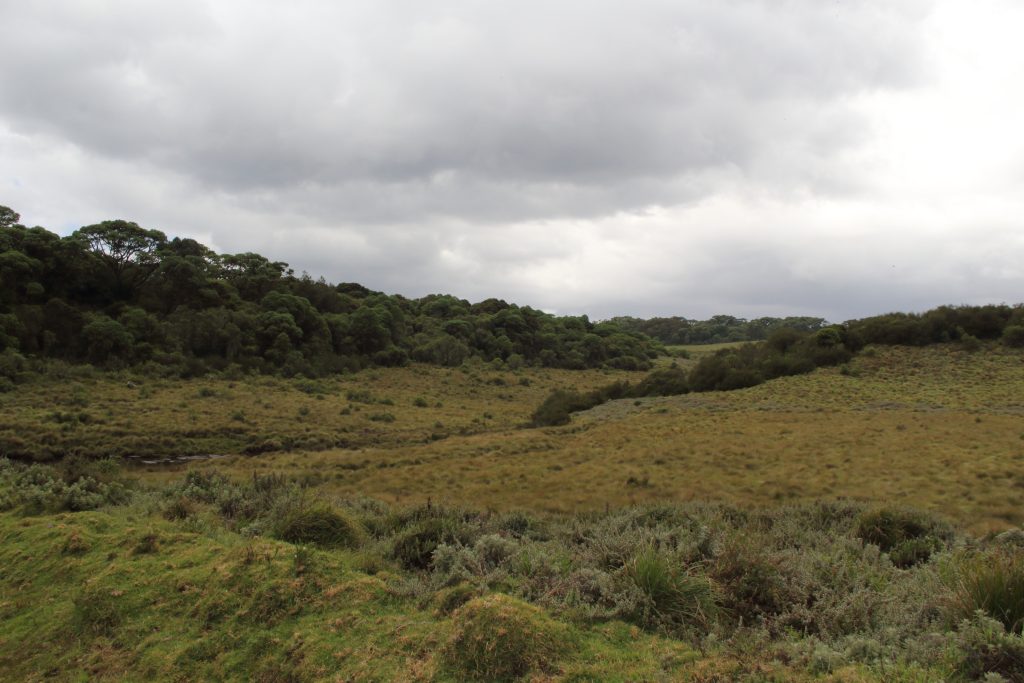
With the current Aberdare elephant population estimated to represent nearly 10 per cent of the total elephant population in the country, the elephant density in the forest and park areas crossed by the proposed road is high. This means that the proposed road will have a significant long-term impact on this important elephant population through habitat destruction and disturbance during the construction of the road and by traffic, and road killings.
“Goal A of the Kunming-Montreal Global Biodiversity Framework calls for halting human-induced extinction of known threatened species and reducing extinction rates and risks of all species tenfold by 2050. The framework targets to halt extinctions, decrease biodiversity loss, and protect 30 per cent of the planet by 2030. It is unfortunate and ironic that the untenable road project is happening now,” adds Dr Matiku.
“With global efforts to address the triple planetary crisis, including climate change and biodiversity loss accelerating, we call upon Kenya to reject the planned road through Aberdare. Kenya has always ably played a key environmental leadership role regionally and internationally. We hope it will maintain this leadership by protecting this critical ecosystem for climate, biodiversity, and for this and future generations,” notes Ken Mwathe, Policy, Climate and Communications Coordinator for Africa at BirdLife International.
Being a continental leader in addressing climate change, with priorities aligned to reduce emissions from deforestation and forest degradation through afforestation and reforestation initiatives among other priorities, Kenya seems not to demonstrate these commitments as the construction of the road will lead to the felling of a large number of indigenous trees, in particular within the Forest Reserve, and also in the National Park.
While the government leans on the opinion that the road will spur economic growth between Nyeri, Nyandarua and Kirinyaga counties, scientific studies have shown that there is no evidence of socio-economic benefit to building a road over the Aberdare Mountains through the Aberdare National Park and the Forest Reserve.
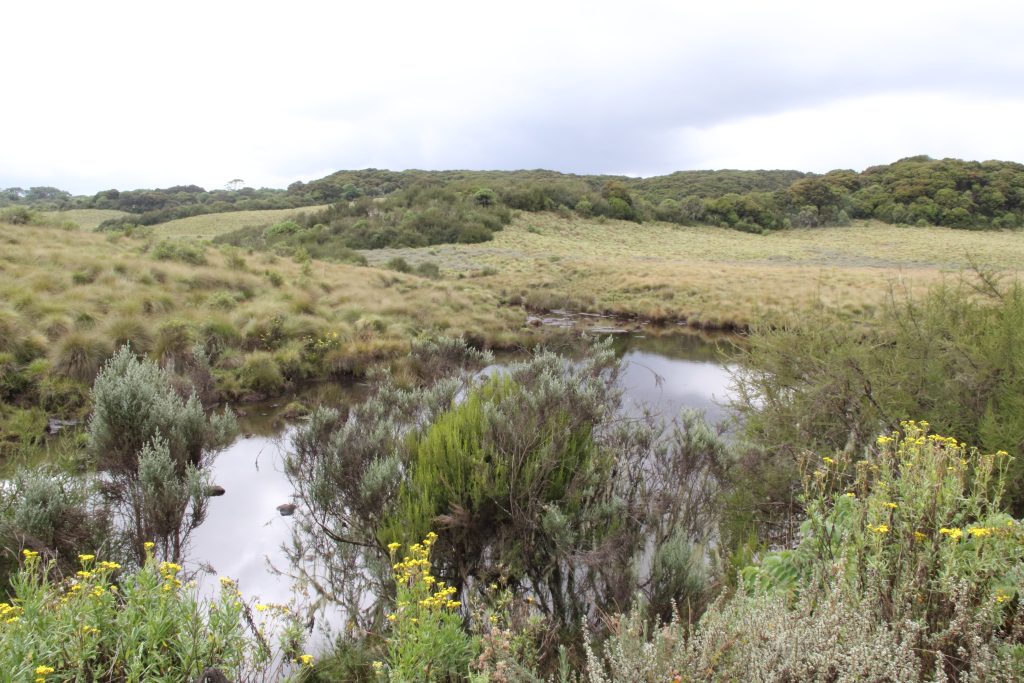
Conservationists argue that the proposed road will not bring people closer to the main roads as it will cross a forest reserve and an uninhabited park. The proposed road will also not reduce travel time to markets.
“From the foregoing, it is clear that the rationale presented for the proposed Ihithe-Aberdare Forest-Aberdare National Park-Ndunyu Njeru road is fundamentally flawed. The proposal ignores the solid weight of evidence, expert opinions, international commitments, national policies, and laws concerning a most critical resource. Prudence dictates that the proposal is permanently set aside,” Executive Director for Rhino Ark, Christian Lambrechts says.
Collaboration is essential for safeguarding this vital site. Conservation organizations, local communities, and other stakeholders must work together to protect the biodiversity of the area. The Conservation Alliance of Kenya, made up of 73 member organizations, including Nature Kenya, has filed an appeal at the National Environment Tribunal. They are seeking to stop the construction of a controversial road section that would harm the KBA. The Alliance has proposed an alternative route for the road that would have minimal impact on biodiversity and be just as effective for travel.
On 15th April 2024, the Nyeri Environment and Land Court issued a conservatory order suspending the construction of the road, pending an application hearing on 29th April 2024. Nature Kenya and partners will continue monitoring the situation , as they fight to protect the Aberdare.
Header Image: The Queen’s Cave Waterfalls in Aberdare Forest © John Mwacharo

“Kenya is a signatory to the Convention on Biological Diversity (CBD), which obliges party states to protect all globally threatened species within their borders. The construction of the road poses a threat to the critically endangered and threatened species in the Aberdare ecosystem”
Dr Paul Matiku, Executive Director, Nature Kenya